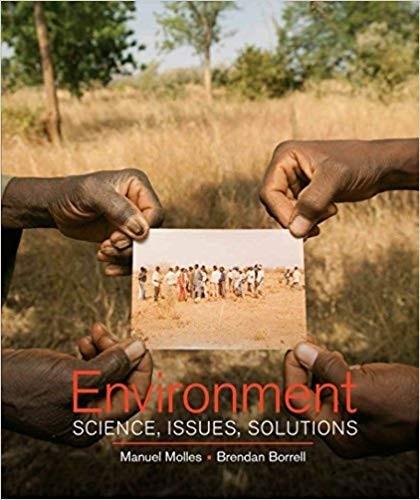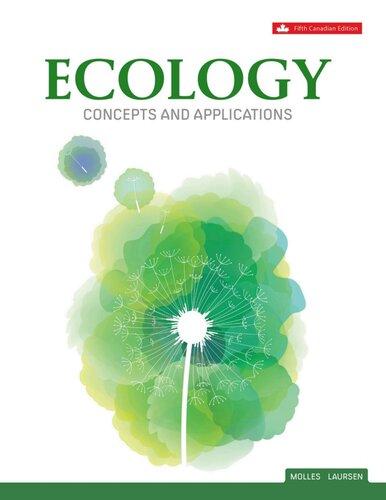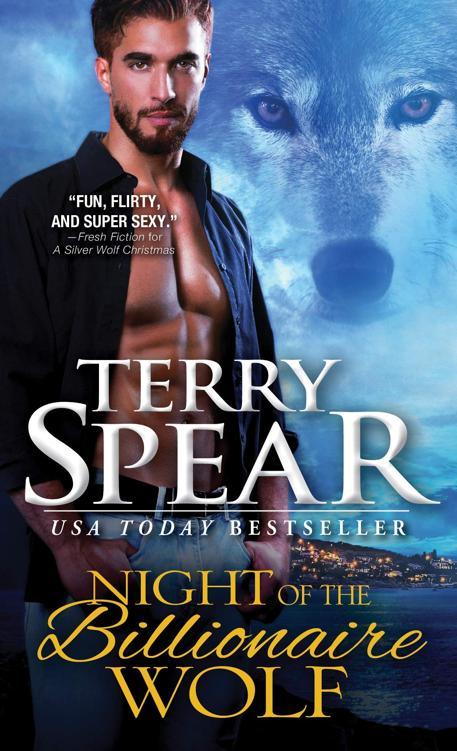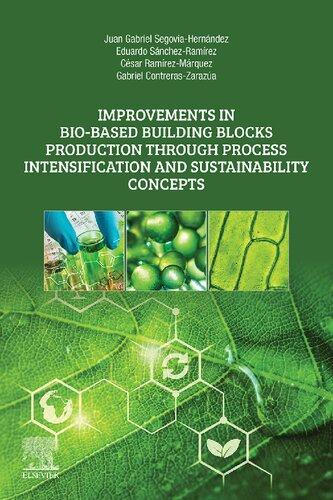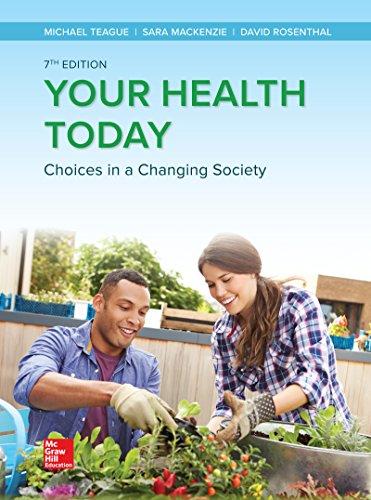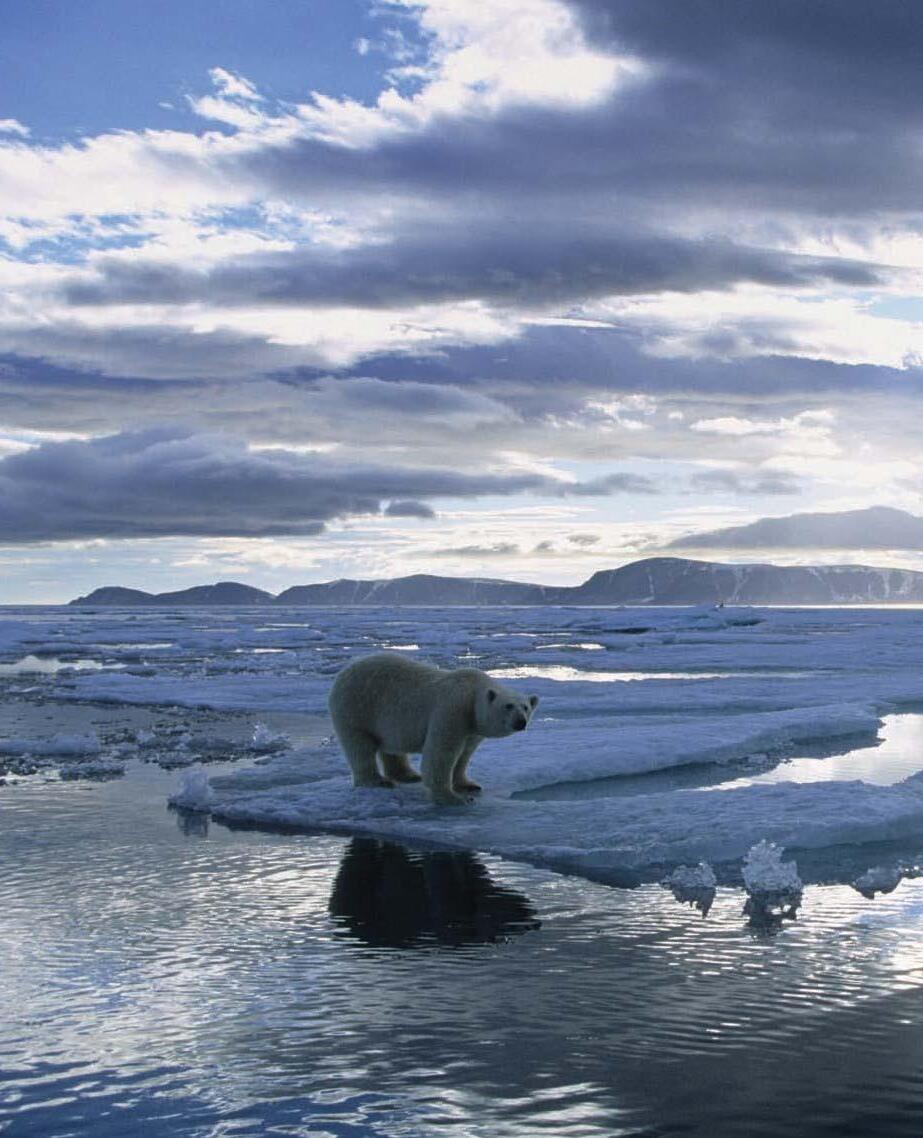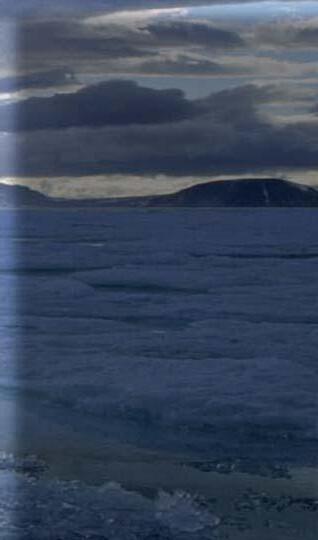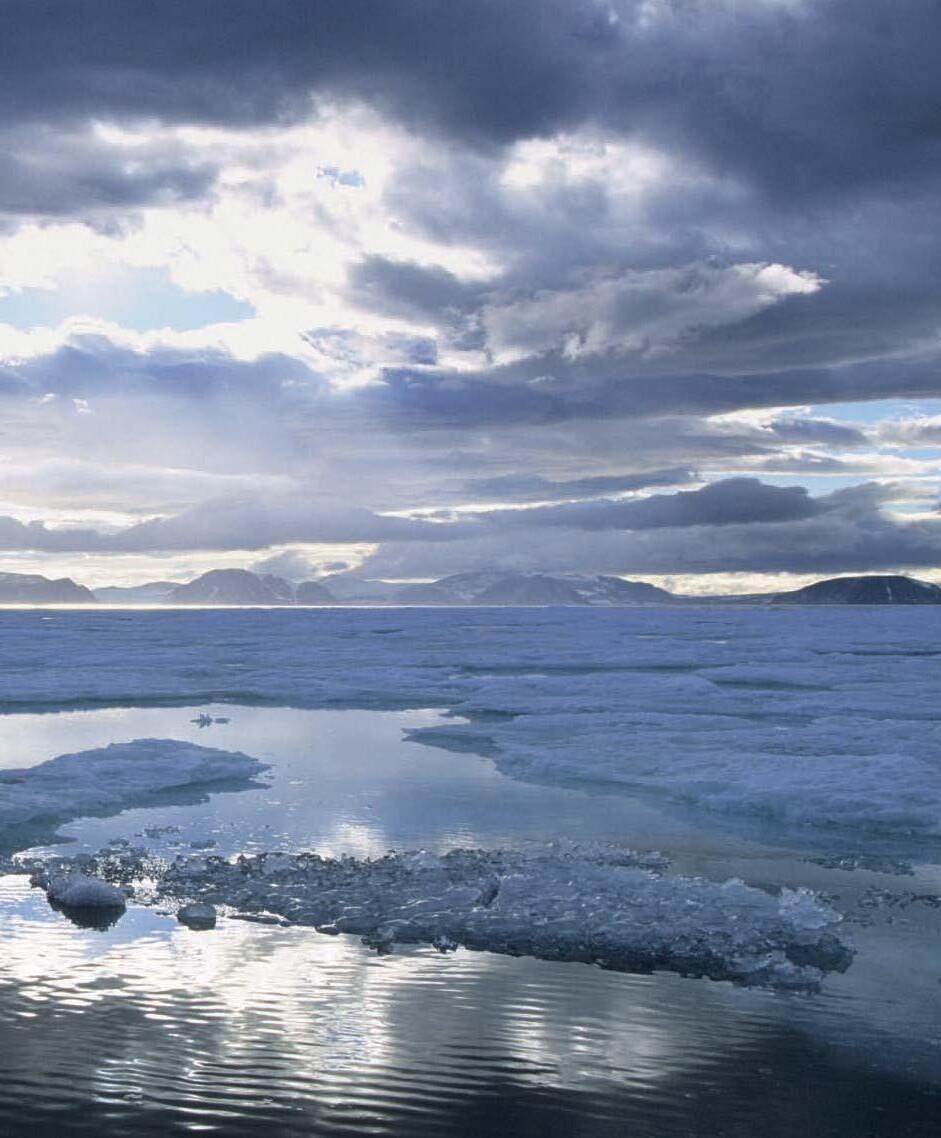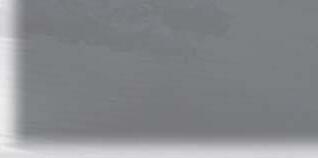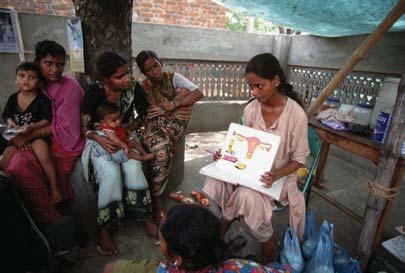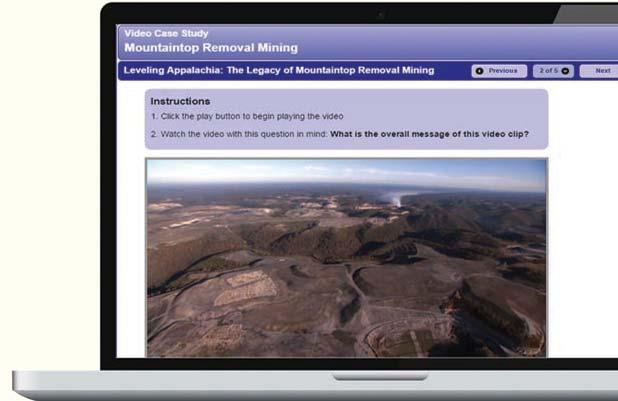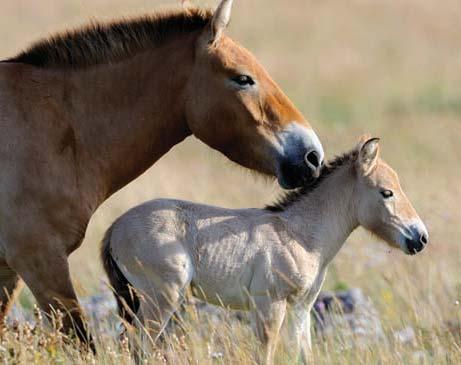Student Resources
Student resources reinforce chapter concepts and give students the tools they need to succeed in the course. All student resources are organized and can be found in the LaunchPad.
Students have access to a variety of study tools in the LaunchPad, along with a complete online version of the textbook. Carefully curated LaunchPad Units provide suggested learning paths for each chapter in the text.
This set of formative assessment activities uses a game-like interface to guide students through a series of questions tailored to their individual level of understanding. A personalized study plan is generated based on their quiz results. LearningCurve is available to students in the LaunchPad.
Graphing Tutorials
Students build and analyze graphs, using their critical thinking skills to predict trends, identify bias, and make cause-and-effect connections.
Video Case Studies
Videos from an array of trusted sources bring the stories of the book to life and allow students to apply their environmental, scientific, and information literacy skills. Each video includes questions that engage students in the critical thinking process.
Key Term Flashcards
Interactive flashcards can help students drill and learn the most important terms in each chapter.
Critical Thinking Activities
Assignable activities engage students in the material and inspire critical thinking based on content from the textbook.
Environment and Your Activities
Activities prompt students to get directly involved in environmental science issues in their lives and communities.
Reviewers
We extend our deep appreciation to the following instructors who reviewed, tested, and advised on the book manuscript at various stages.
Matthew Abbott, Des Moines Area Community College–Newton campus
David Aborn, University of Tennessee at Chattanooga
Michael Adams, Pasco-Hernando Community College
Loretta Adoghe, Miami Dade College
Shamim Ahsan, Metropolitan State University of Denver
Steve Ailstock, Anne Arundel Community College
Marc Albrecht, University of Nebraska–Kearney
Thomas Algeo, University of Cincinnati
John Aliff, Georgia Perimeter College
Keith Allen, Bluegrass Community and Technical College
Albert Allong, Houston Community College
Brannon Andersen, Furman University
Matt Anderson, Broward College
Dean Anson, Southern New Hampshire University, and Lakes Region Community College
Clay Arango, Central Washington University
Walter Arenstein, San Jose State University
Felicia Armstrong, Youngstown State University
Paul Arriola, Elmhurst College
Tom Arsuffi, Texas Tech University
Augustine Avwunudiogba, California State University, Stanislaus
Sonia Aziz, Moravian College
Abbed Babaei, Cleveland State University
Daphne Babcock, Collin College
Nancy Bain, Ohio University
Jack Baker, Evergreen Valley College
James Baldwin, Boston University
Becky Ball, Arizona State University at the West Campus
Deniz Ballero, Georgia Perimeter College
Teri Balser, University of Wisconsin–Madison
Barry Barker, Nova Southeastern University
Morgan Barrows, Saddleback College
Brad Basehore, Harrisburg Area Community College
Damon Bassett, Missouri State University
David Baumgardner, Texas A&M University
Ray Beiersdorfer, Youngstown State University
Timothy Bell, Chicago State University
Tracy Benning, University of San Francisco
David Berg, Miami University
Leonard Bernstein, Temple University
David Berry, California State Polytechnic University
Susan Berta, Indiana State University
Joe Beuchel, Triton College
Cecilia Bianchi-Hall, Lenoir Community College
Jennifer Biederman, Winona State University
Andrea Bixler, Clarke University
Kim Bjorgo-Thorne, West Virginia Wesleyan College
Brian Black, Penn State Altoona
Brent Blair, Xavier University
Steve Blumenshine, California State University, Fresno
Ralph Bonati, Pima Community College
Emily Boone, University of Richmond
Polly Bouker, Georgia Perimeter College
Michael Bourne, Wright State University
Richard Bowden, Allegheny College
Anne Bower, Philadelphia University
Scott Brame, Clemson University
Susan Brantley, Gainesville State College
Susan Bratton, Baylor University
Beth Braun, City Colleges of Chicago
Randi Brazeau, MSU Denver
James Brenneman, University of Evansville
Mary Brown, Western Michigan University
Robert Bruck, North Carolina State University
Susan Buck, University North Carolina Greensboro
Amy Buechel, Gannon University
Robert Buerger, University of North Carolina
Wilmington
Bonnie Burgess, Loyola Marymount University
Rebecca Burton, Alverno College
Willodean Burton, Austin Peay State University
Peter Busher, Boston University
Nancy Butler, Kutztown University
Anya Butt, Central College
Elena Cainas, Broward College
John Campbell, Northwest College
Daniel Capuano, Hudson Valley Community College
Heidi Carlson, Harrisburg Area Community College
Deborah Carr, Texas Tech University
Margaret Carroll, Framingham State University
Kelly Cartwright, College of Lake County
Mary Kay Cassani, Florida Gulf Coast University
Michelle Cawthorn, Georgia Southern University
Dominic Chaloner, University of Notre Dame
Linda Chamberlain, Lansing Community College
Karen Champ, College of Central Florida
Fu-Hsian Chang, Bemidji State University
Ron Cisar, Iowa Western Community College
Lu Anne Clark, Lansing Community College
Reggie Cobb, Nash Community College
Marlene Cole, Boston College
Elena Colicelli, College of Saint Elizabeth
Beth Collins, Iowa Central Community College
David Corey, Midlands Technical College
Douglas Crawford-Brown, University of North Carolina at Chapel Hill
Joan Curry, University of Arizona College of Agriculture
Angela Cuthbert, Millersville University
Sanhita Datta, San Jose City College
James Dauray, College of Lake County
Tom Davinroy, Metropolitan State University of Denver
Elizabeth Davis-Berg, Columbia College Chicago
Robert Dennison, Heartland Community College
Michael Denniston, Georgia Perimeter College
Frank Dirrigl, The University of Texas–
Pan American
Jan Dizard, Amherst College
Melinda Donnelly, University of Central Florida
Michael Draney, University of Wisconsin–Green Bay
Daniel Druckenbrod, Longwood University
Dani DuCharme, Waubonsee Community College
John Duff, University of Massachusetts Boston
George Duggan, Middlesex Community College
Don Duke, Florida Gulf Coast University
Robert Dundas, California State University, Fresno
John Dunning, Purdue University
Karen Duston, San Jacinto College
James Eames, DePaul University
Robert East, Washington & Jefferson College
Nelson Eby, University of Massachusetts
Kenneth Ede, Oklahoma State University–Tulsa
Matthew Eick, Virginia Tech
Diana Elder, Northern Arizona University
Catherine Etter, Cape Cod Community College
Luca Fedele, Virginia Tech
Jeff Fennell, Everett Community College
Fleur Ferro, Community College of Denver
Steven Fields, Winthrop University
Brad Fiero, Pima County Community College
Jonathan Fingerut, Saint Joseph
Ken Finkelstein, Suffolk University Boston
Geremea Fioravanti, Harrisburg Area Community College
Linda Fitzhugh, Gulf Coast Community College
Stephan Fitzpatrick, Georgia Perimeter College
Margi Flood, Gainesville State College
April Ann Fong, Portland Community College, Sylvania Campus
Nicholas Frankovits, University of Akron
Sabrina Fu, UMUC
Elyse Fuller, Rockland Community College
Karen Gaines, Eastern Illinois University
Danielle Garneau, SUNY Plattsburgh
Carri Gerber, OSU-ATI
Phil Gibson, University of Oklahoma
Paul Gier, Huntingdon College
Kristin Gogolen-Wylie, Macomb Community College
Michael Golden, Grossmont College
Julie Gonzalez, Des Moines Area Community College
Rachel Goodman, Hamdpen-Sydney College
Pamela Gore, Georgia Perimeter College
Karl Gould, Webber International Univ.
Gail Grabowsky, Chaminade University
Ann Gunkel, Cincinnati State College
Maureen Gutzweiler, Harrisburg Area Community College
Edward Guy, Lakeland Community College
Sue Habeck, Tacoma Community College
Charles Hall, State University of New York College of Environmental Science and Forestry
Robert Hamilton, Kent State University
Robert Harrison, University of Washington, Seattle
Stephanie Hart, Lansing Community College
Susan Hartley, University of Minnesota Duluth
Alyssa Haygood, Arizona Western College
Stephen Hecnar, Lakehead
Rod Heisey, Penn State University
Keith Hench, Ph.D., Kirkwood Community College
Carl Herzig, St. Ambrose University
Crystal Heshmat, Hudson Valley Community College
Crystal Heshmat, Mildred Elley and Hudson Valley Community College
Jeffery Hill, University of North Carolina Wilmington
Jason Hlebakos, Mt. San Jacinto College
Carol Hoban, Kennesaw State University
Melissa Hobbs, Williams Baptist College
Jeffrey Matthew Hoch, Nova Southeastern University
Kelley Hodges, Gulf Coast State College
Robert Hollister, Grand Valley State University
Joey Holmes, Rock Valley College
Claus Holzapfel, Rutgers University Newark
Barbara Holzman, San Francisco State University
Aixin Hou, Louisiana State University
Phillip Hudson, Southern Illinois University Edwardsville
LeRoy Humphries, Fayetteville Technical Community College
Todd Hunsinger, Hudson Valley Community College
Andrew Hunt, University of Texas at Arlington
Jodee Hunt, Grand Valley State University
Catherine Hurlbut, Florida State College at Jacksonville
Lilia Illes, University of California, Los Angeles
Emmanuel Iyiegbuniwe, Western Kentucky University
Kazi Jaced, Kentucky State University
Morteza Javadi, Columbus State Community College
Richard Jensen, Hofstra University
Mintesinot Jiru, Coppin State University
Alan Johnson, Clemson University
Kevin Johnson, Florida Institute of Technology
Gina Johnston, California State University, Chico
Seth Jones, University of Kentucky
Elizabeth Jordan, Santa Monica College
Stan Kabala, Duquesne University
Charles Kaminski, Middlesex Community College
Ghassan Karam, Pace University
John Kasmer, Northeastern Illinois University
Jennifer Katcher, Pima Community College
Dawn Kaufman, St. Lawrence
Jerry Kavouras, Lewis University
Reuben Keller, Loyola University Chicago
Kiho Kim, American University
Myung-Hoon Kim, Georgia Perimeter College
Andrea Kirk, Tarrant County College
Elroy Klaviter, Lansing Community College
Kristie Klose, University of California, Santa Barbara
Leah Knapp, Olivet College
Ned Knight, Linfield College
Miriam Kodl, California State University, Monterey Bay
John Koprowski, University of Arizona
Janet Kotash, Moraine Valley Community College
Elaine Kotler, Manchester Community College
Jean Kowal, University of Wisconsin–Whitewater
George Kraemer, Purchase College
Paul Kramer, Farmingdale State College
William Kroll, Loyola University of Chicago
Beth Ann Krueger, Central Arizona College–Aravaipa Campus
James Kubicki, The Pennsylvania State University
Katherine LaCommare, Lansing Community College
Troy Ladine, East Texas Baptist University
Diane Lahaise, Georgia Perimeter College
Megan Lahti, Arizona Western College (Adjunct)/ NAU–Yuma (FT)
Kate Lajtha, Oregon State University
Susan Lamont, Anne Arundel Community College
Gaytha Langlois, Bryant University
Andrew Lapinski, Reading Area Community College
Kim Largen, George Mason University
Grace Lasker, Lake Washington Institute of Technology
Joyce Ellen Lathrop-Davis, Community College of Baltimore County
Jennifer Latimer, Indiana State University
Kathy Lauckner, Community College of Southern Nevada
George Leddy, Los Angeles Valley College
Hugh Lefcort, Gonzaga University
Marcie Lehman, Shippensburg University
Norman Leonard, University of North Georgia
Jennifer Lepper, Minnesota State University Moorhead
Kurt Leuschner, College of the Desert–Applied Sciences
Stephen Lewis, California State University, Fresno
J. D. Lewis, Fordham University
Yanna Liang, Southern Illinois University
Matt Liebman, Suffolk University Boston
Theo Light, Shippensburg University
Tatyana Lobova, Old Dominion University
Eric Lovely, Arkansas Tech University
Jia Lu, Valdosta State University
Anthony Lupo, University of Missouri
Quen, Lupton, Craven Community College
Jonathan Lyon, Merrimack College
Jeffrey Mahr, Georgia Perimeter College
Steven Manis, MGCCC
Nancy Mann, Cuesta College
Heidi Marcum, Baylor University
Nilo Marin, Broward College
Tamara Marsh, Elmhurst College
Rob Martin, Florida State College
Patrick Mathews, Friends University
Terri Matiella, The University of Texas San Antonio
Eric Maurer, University of Cincinnati
Costa Mazidji, Collin College
DeWayne McAllister, JCCC
Charles McClaugherty, University of Mount Union
James McEwan, Lansing Community College
Dale McGinnis, Eastern Florida State College
Colleen McLean, Youngstown State University
Dan McNally, Bryant University
Karen McReynolds, Hope International University
Patricia Menchaca, Mount San Jacinto
Community College: Menifee Campus
Michael Mendel, Mount Vernon Nazarene University
Heather Miceli, Johnson and Wales University
Chris Migliaccio, Miami Dade College
Donald Miles, Ohio University
William Miller, Temple University
Dale Miller, University of Colorado–Boulder
Kiran Misra, Edinboro University of Pennsylvania
Mark Mitch, New England College
Scott Mittman, Essex County College
Brian Mooney, Johnson and Wales University
David Moore, Miami Dade College
Elizabeth Morgan, College of the Desert
Sherri Morris, Bradley University
John Mugg, Michigan State University
Kathleen Murphy, Daemen College
Courtney Murren, College of Charleston
Carole Neidich-Ryder, Nassau Community College
Douglas Nesmith, Baylor University
Todd Nims, Georgia Perimeter College
Ken Nolte, Shasta College
Fran Norflus, Clayton State University
Leslie North, Western Kentucky University
Kathleen Nuckolls, University of Kansas
Kathleen O’Reilly, Houston Community College
Mary O’Sullivan, Elgin Community College
Mark Oemke, Alma College
Victor Okereke, Morrisville State College
John Ophus, University of Northern Iowa
Natalie Osterhoudt, Broward Community College
William Otto, University of Maine at Machias
Wendy Owens, Anne Arundel Community College
Phil Pack, Woodbury University
Raymond Pacovsky, Palm Beach State College
Chris Paradise, Davidson College
William Parker, Florida State University
Denise Lani Pascual, Indiana University–Purdue University Indianapolis
Ginger Pasley, Wake Technical Community College
Elli Pauli, George Washington University
Daniel Pavuk, Bowling Green State University
Clayton Penniman, Central Connecticut State University
Barry Perlmutter, College of Southern Nevada
Joy Perry, University of Wisconsin Colleges
Dan Petersen, University of Cincinnati
Chris Petrie, Eastern Florida State College
Linda Pezzolesi, Hudson Valley Community College
Craig Phelps, Rutgers, The State University of New Jersey
Neal Phillip, Bronx Community College
Frank Phillips, McNeese State University
Linda Phipps, Lipscomb University
Scott Pike, Willamette University
Greg Pillar, Queens University of Charlotte
Thomas Pliske, Florida International University
Gerald Pollack, Georgia Perimeter College
Gary Poon, Erie Community College, City Campus
Shaun Prince, Lake Region State College
Carol Prombo, Washington University in St. Louis
Mary Puglia, Central Arizona College
Jennifer Purrenhage, University of New Hampshire
Ann Quinn, Penn State Erie, The Behrend College
Jodie Ramsay, Northern State University
Dan Ratcliff, Rose State College
James Reede, California State University, Sacramento
Daniel Ressler, Susquehanna University
Marsha Richmond, Wayne State University
Jennifer Richter, University of New Mexico
Melanie Riedinger-Whitmore, University of South Florida St. Petersburg
Lisa Rodrigues, Villanova University
William Rogers, West Texas A&M University
Thomas Rohrer, Central Michigan University
Scott Rollins, Spokane Falls Community College
Charles Rose, St. Cloud State University
Judy Rosovsky, Johnson State College
William Roy, University of Illinois at Urbana–Champaign
John Rueter, Portland State University
Dennis Ruez, University of Illinois at Springfield
Jim Sadd, Occidental College
Eric Sanden, University of Wisconsin–River Falls
Shamili Sandiford, College of DuPage
Robert Sanford, University of Southern Maine
Karen Savage, California State University, Northridge
Timothy Savisky, University of Pittsburgh at Greensburg
Debora Scheidemantel, Pima Community College
Douglas Schmid, Nassau Community College
Nan Schmidt, Pima Community College
Jeffery Schneider, SUNY Oswego
Andrew Scholl, Kent State University at Stark
Kimberly Schulte, Georgia Perimeter College
Bruce Schulte, Western Kentucky University
Joel Schwartz, California State University, Sacramento
Peter Schwartzman, Knox College
Andrew Sensenig, Tabor College
Lindsay Seward, University of Maine
Cindy Seymour, Craven Community College
Rich Sheibley, Edmonds Community College
Brian Shmaefsky, Lone Star College–Kingwood
Kent Short, Bellevue College
Joseph Shostell, Penn State University–Fayette
William Shoults-Wilson, Roosevelt University
Abert Shulley, CCBC
Douglas Sims, College of Southern Nevada
David Skelly, Yale University
Sherilyn Smith, Le Moyne College
Rolf Sohn, Eastern Florida State College
Douglas Spieles, Denison University
Dale Splinter, University of Wisconsin–Whitewater
Clint Springer, Saint Joseph’s University
Alan Stam, Capital University
Craig Steele, Edinboro University
David Steffy, Jacksonville State University
Michelle Stewart, Mesa Community College
Julie Stoughton, University of Nevada Reno
Peter Strom, Rutgers University
Robyn Stroup, Tulsa Community College
Andrew Suarez, University of Illinois
Keith Summer ville, Drake University
Karen Swanson, William Paterson University of New Jersey
Melanie Szulczewski, University of Mary Washington
Ryan Tainsh, Johnson & Wales University
Michael Tarrant, University of Georgia
Franklyn Te, Miami Dade College
Melisa Terlecki, Cabrini College
David Terrell, Warner Pacific College
William Teska, Pacific Lutheran University
Donald Thieme, Valdosta State University
Nathan Thomas, Shippensburg University
Jamey Thompson, Hudson Valley Community College
Heather Throop, New Mexico State University
Tim Tibbetts, Monmouth College
Ravindra Tipnis, Houston Community College SW
Conrad Toepfer, Brescia University
Gail Tompkins, Wake Technical Community College
Tak Yung (Susanna) Tong, University of Cincinnati
Brant Touchette, Elon University
Jonah Triebwasser, Marist and Vassar Colleges
Chris Tripler, Endicott College in Massachusetts
Mike Tveten, Pima Community College–Northwest Campus
Richard Tyre, Valdosta State University
Janice Uchida, University of Hawaii
Lauren Umek, DePaul University College of Health and Science
Shalini Upadhyaya, Reynolds Community College
Quentin van Ginhoven, Vanier College
Thomas Vaughn, Middlesex Community College
Robin Verble, Texas Tech University
Elisheva Verdi, Sacramento City College
Nicole Vermillion, Georgia Perimeter College
Eric Vetter, Hawaii Pacific University
Paul Vincent, Valdosta State University
Caryl Waggett, Allegheny College
Daniel Wagner, Eastern Florida State College
Meredith Wagner, Lansing Community College
Xianzhong Wang, Indiana University–Purdue University Indianapolis
Deena Wassenberg, University of Minnesota
John Weishampel, University of Central Florida
Edward Wells, Wilson College
Nancy Wheat, Hartnell College
Van Wheat, South Texas College
Deborah Williams, Johnson County Community College
Frank Williams, Langara College
Justin Williams, Sam Houston State University
Kay Williams, Shippensburg University
Shaun Willson, East Carolina University
Angela Witmer, Georgia Southern University
Mosheh Wolf, University of Illinois at Chicago
Janet Wolkenstein, Hudson Valley Community College
Kerry Workman Ford, California State University, Fresno
David Wyatt, Sacramento City College
Joseph Yavitt, Cornell University
Marcy Yeager, Northern Essex Community College
Jeff Yule, Louisiana Tech University
Natalie Zayas, CSU Monterey Bay
Caralyn Zehnder, Georgia College & State University
Lynn Zeigler, Georgia Perimeter College
Michael Zito, Nassau Community College

